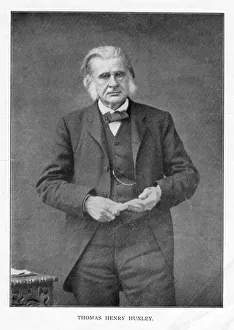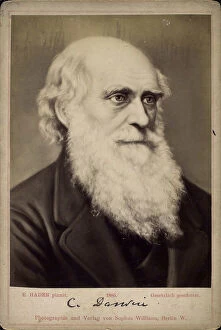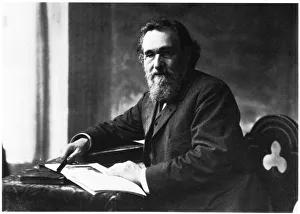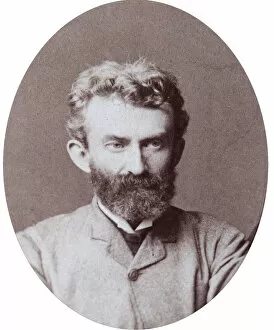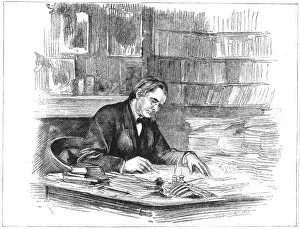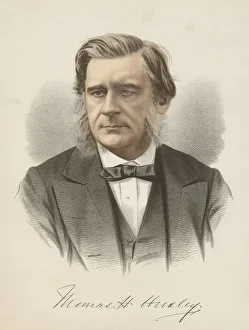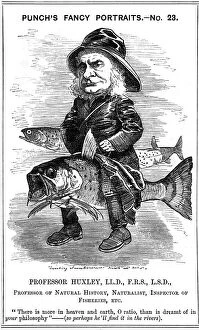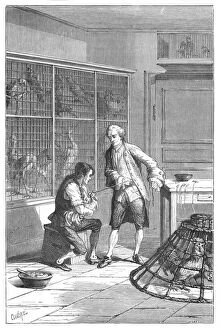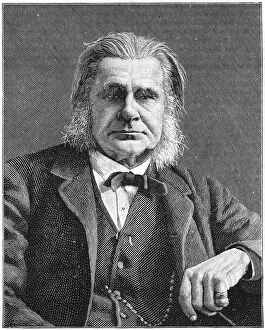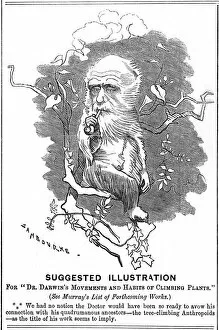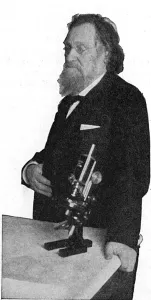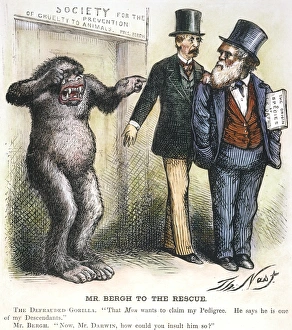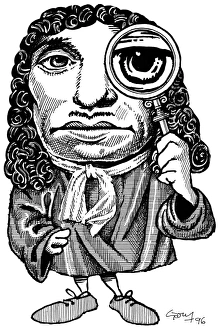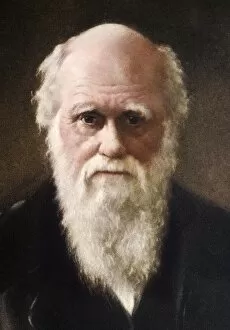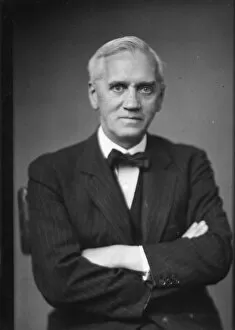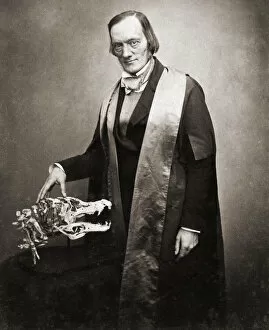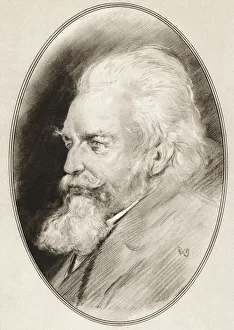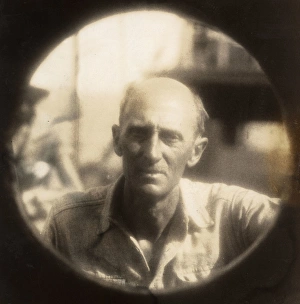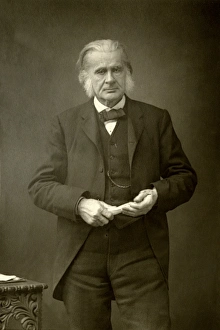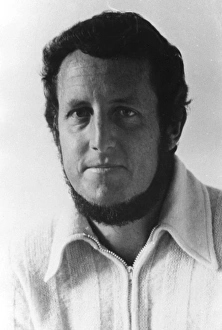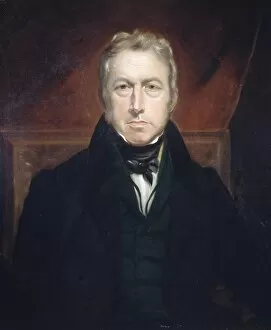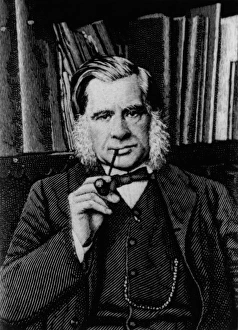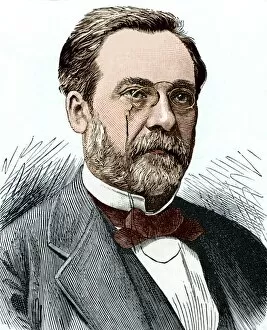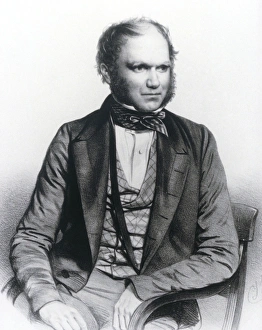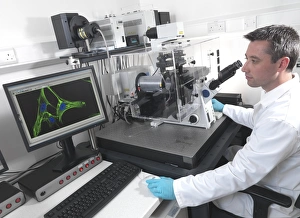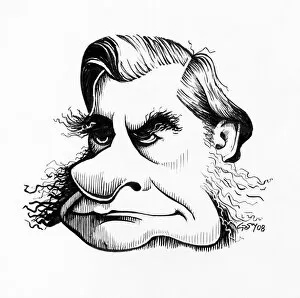Biologist Collection (page 6)
Biologists, the unsung heroes of the natural world, have been instrumental in unraveling the mysteries of life on Earth
All Professionally Made to Order for Quick Shipping
Biologists, the unsung heroes of the natural world, have been instrumental in unraveling the mysteries of life on Earth. From Rosalind Franklin's groundbreaking work on DNA structure to Charles Darwin's revolutionary theory of evolution, these brilliant minds have shaped our understanding of biology. Charles Darwin, a British naturalist known for his evolutionary tree diagram and extensive research on species adaptation, laid the foundation for modern biology. His portrait captures his intellectual curiosity and dedication to uncovering nature's secrets. In 1953, James Watson and Francis Crick made one of the most significant discoveries in biology – they unraveled the structure of DNA. Their collaboration marked a turning point in genetics and opened up new avenues for further exploration. Richard Dawkins, a prominent British science writer, has played a pivotal role in popularizing evolutionary biology through his books and lectures. His contributions continue to inspire future generations of biologists. Isaac Asimov was not only an acclaimed US author but also a biochemist who seamlessly blended science fiction with scientific knowledge. His works captivated readers while shedding light on complex biological concepts. Illustrations showcasing hummingbirds from Trochilidae family highlight how biologists study diverse organisms to understand their behavior and ecological roles within ecosystems. The portrait of Charles Darwin reminds us that he was more than just an iconic figure; he was at the forefront of scientific discovery during his time. His meticulous observations paved the way for modern biological research methods still used today. English naturalist Charles Darwin's portrait serves as a reminder that even centuries later, his ideas remain relevant and influential in shaping our understanding of life's diversity and interconnectedness. Biologists stand on his shoulders as they explore new frontiers in this ever-evolving field.


